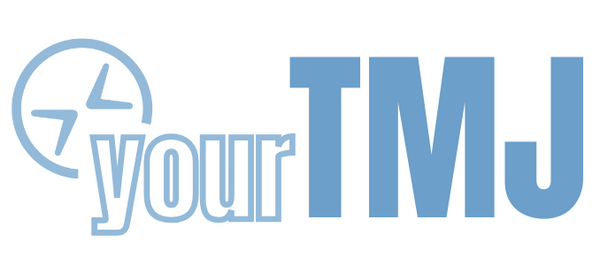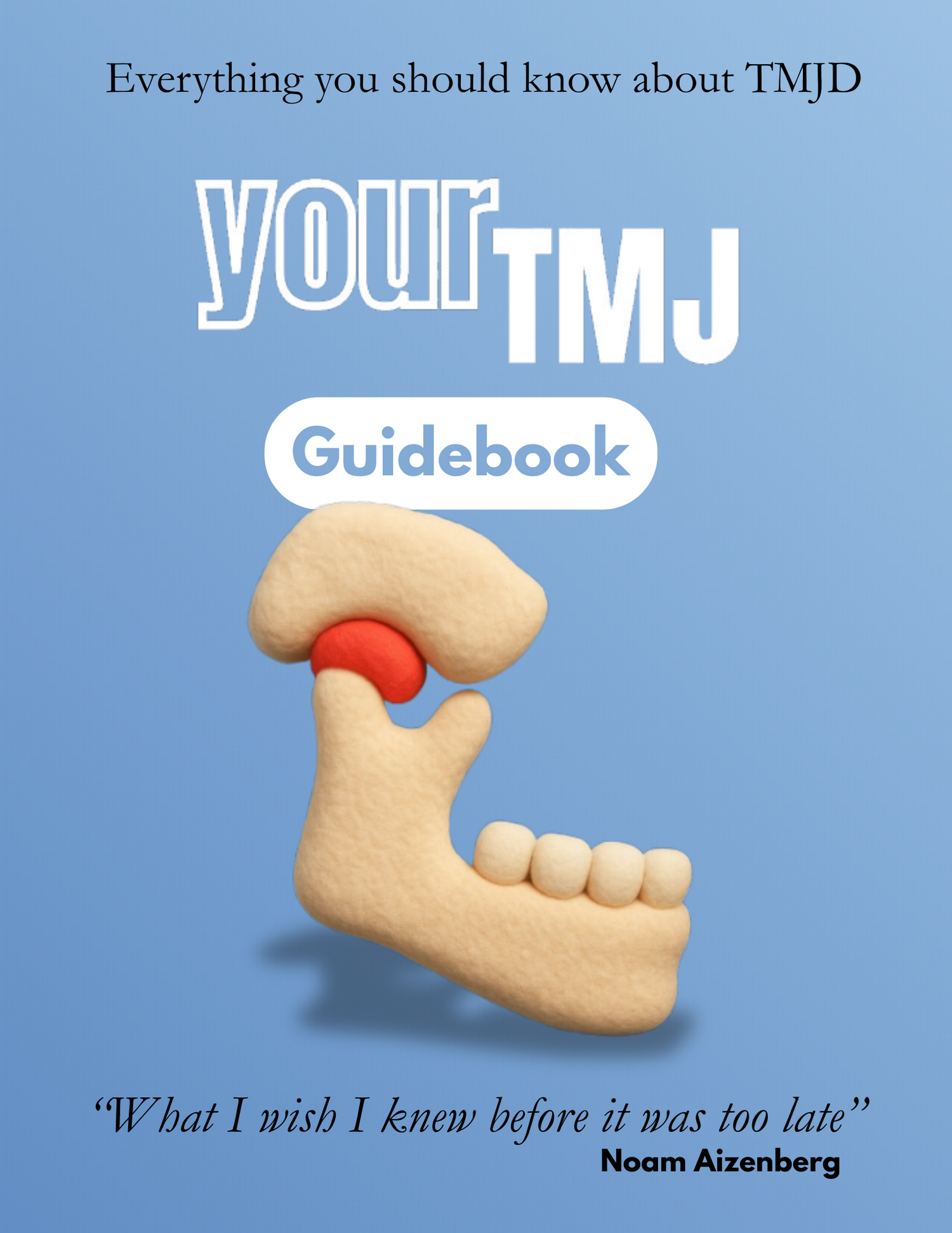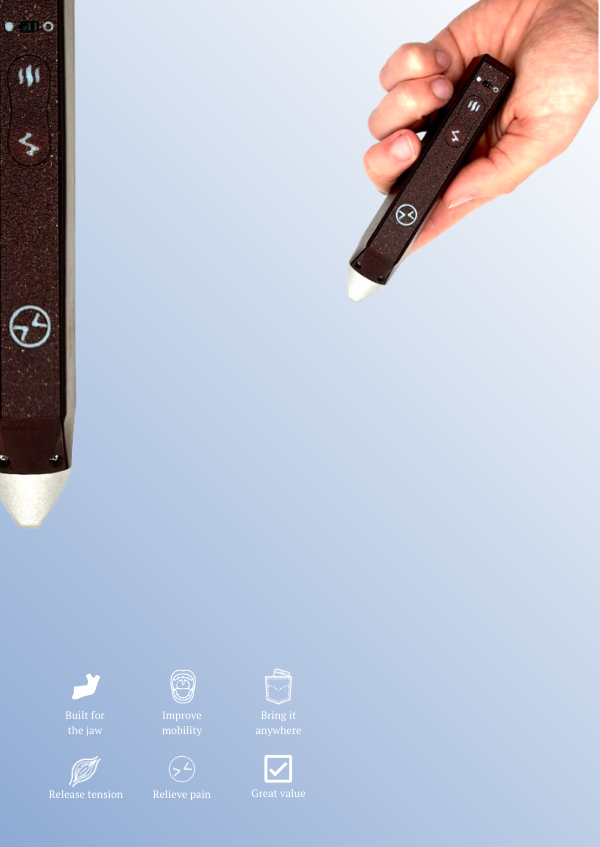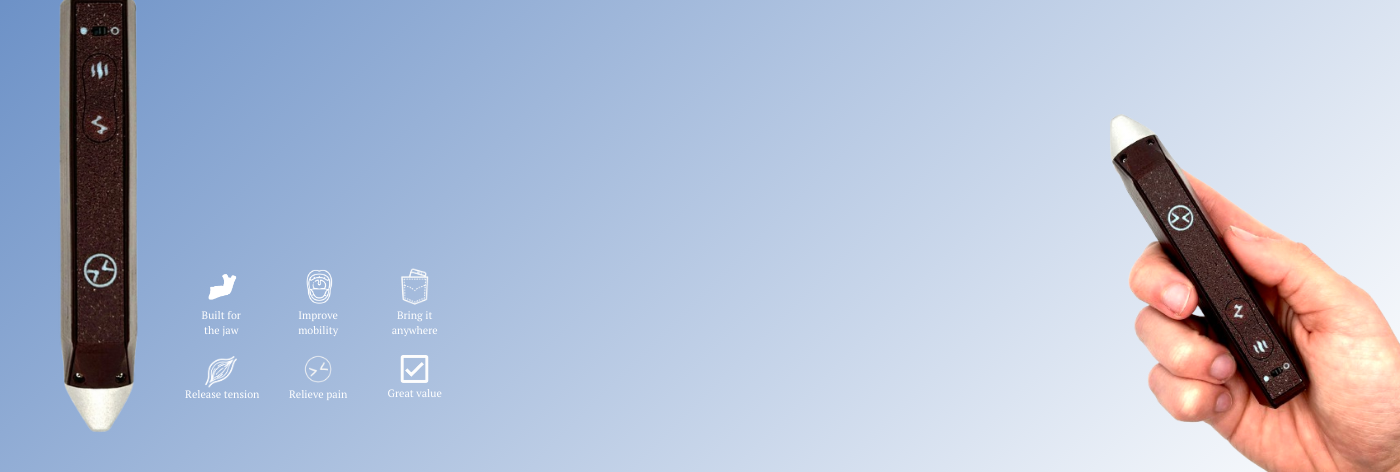Can TMJ Be Cured?
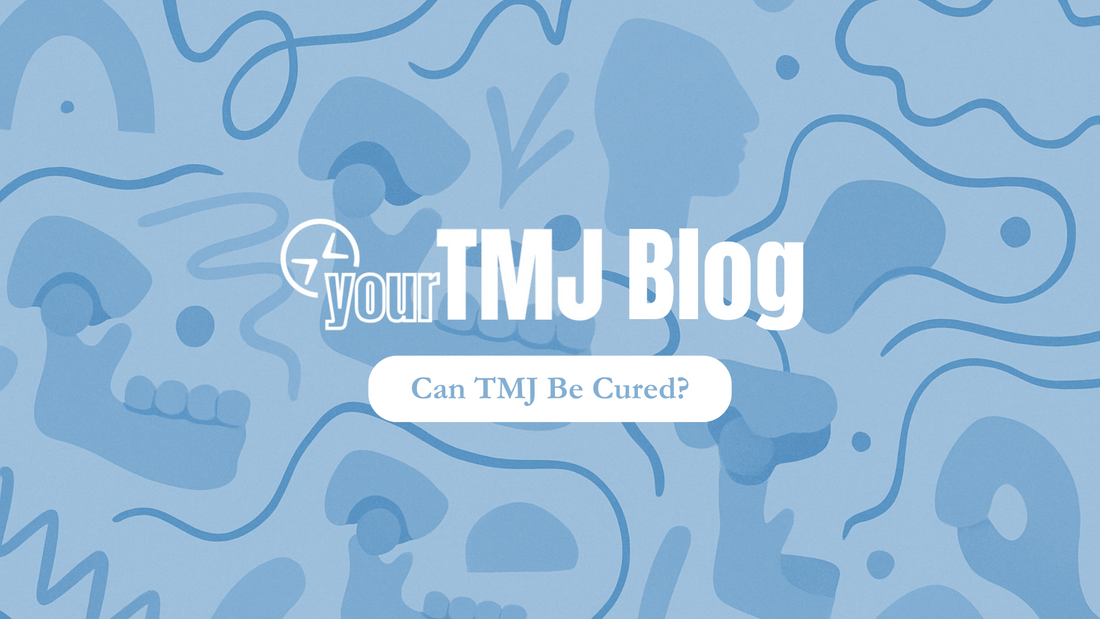
If you’re dealing with jaw pain, at some point you’ve probably wondered: Can TMJ be cured? It’s a fair question, and one that deserves a clear, honest answer, especially when so much online content seems either overly optimistic or overly grim.
This blog will unpack what “curing” TMJ actually means, why the answer depends heavily on what’s causing your TMJ issues, and what options are available for people looking to get better. But more importantly, you’ll see why this isn’t something that can be solved by reading a quick blog post. TMJ Disorders are complicated. They’re rooted in muscle dysfunction, structural problems, posture, habits, breathing, and even early childhood development. Which is why at the end of this blog, I’ll be sharing a free 76-page guide I wrote that goes way deeper than what you’ll find anywhere else online. It breaks down root causes, includes things you can start doing TODAY to treat your TMJ, and is backed by evidence—without the fluff or bias. If you’re serious about getting better, you’ll want to check it out.
Can TMJ Be Fully Cured?
Here’s the truth: Sometimes. And sometimes not. It really depends on what stage of dysfunction you’re in, what kind of damage has already occurred, and most importantly, whether you’re dealing with joint damage, muscle dysfunction, nerve issues, or a plethora of other things.
In cases where the damage is mild, yes—many people are able to fully eliminate their symptoms and return to pain-free jaw function without surgery. This can happen naturally or through conservative treatments like posture correction, physical therapy, and at-home exercises. Research actually shows that over 90% of TMJ Disorder cases resolve on their own or with conservative treatments.
But if there’s already significant joint degeneration—like a displaced or deformed disc, torn retrodiscal tissue, bone-on-bone contact, or severe arthritis—the concept of a “cure” gets more complicated. You might not be able to reverse the damage, but you may still be able to live pain-free. Many people regain full jaw function even with an abnormal joint structure. That’s because the TMJ is adaptable—as long as you’re giving it the right environment to heal.
What Does “Cure” Even Mean for TMJ?
Some people define a “cure” as eliminating all symptoms. Others define it as restoring joint anatomy to normal. And others just want to be able to chew and speak without pain.
For example:
-
If your issue is mostly muscle-based (tightness, clenching, trigger points), then self massage, heat therapy, physical therapy, and posture correction can work incredibly well. These symptoms often can be cured completely, because the tissue itself is still healthy—just overworked or imbalanced.
-
If you’re dealing with a disc displacement, you may or may not get the disc to return to its normal position—but even if it's completely stuck out of place you can train the joint to function normally using what’s called “pseudo-disc remodeling,” where the retrodiscal tissue behind the joint grows scar tissue and thickens to act as a new cushion. That’s not a full cure in the technical sense… but if you’re pain-free and functional, would you care?
-
If your jaw is in later stages of joint degeneration, it gets harder—but not impossible. In reality, even people with really nasty joints are able to regain pain free movement. It may just require sticking to daily exercises and manual therapy. Or you may need to take on some more aggressive options like surgery (preferably arthroscopy before trying anything else), splint therapy, or in extreme cases joint replacement.
So again, it depends. Some people “cure” their TMJ with a $20 heat pad and better posture. Others may need surgery. The earlier you catch it, the higher the chances you can reverse it.
Why It’s So Important to Understand the Cause
TMJ isn’t one disorder—it’s a catch-all for tons of different problems that happen in and around the jaw joint. That’s why someone can have near-identical symptoms to you, but need a totally different treatment. It’s also why one-size-fits-all solutions rarely work. So instead of asking “What’s the cure?” the better question is “What’s causing it?”
Here are just a few possible root causes:
-
Retracted mandibular posture
-
Muscle imbalances (like weak lateral pterygoids or overactive masseters)
-
Joint instability due to overstretched ligaments
-
Disc displacements with or without reduction
-
Bite misalignment from underdeveloped jaws or bad orthodontics
-
Airway issues and poor sleep posture
-
Unconscious clenching or bruxism
-
Nerve entrapments from muscle tension or structural crowding
Each one of these has a different “fix”—and unless you address the root, even if the pain goes away temporarily, it may come back.
Although to be fair, "once a car is wrapped around a telephone pole, fixing the brake lines won't help." Meaning if damage was already done to the joint, sometimes you do have to work directly on that damage, and fixing the root cause won't be enough. An example is if you've had TMJ Disorder for years, and there's already a bunch of scar tissue built up in the joint - fixing the root cause won't get rid of the scar tissue. Sometimes it does take something like an arthroscopy to give you a reset and an opportunity to focus on root causes with a healthier looking joint.
Or, if the problem is developmental (meaning you have an underdeveloped jaw), fixing your mouth breathing won't have the same effect as it would've in puberty. So maybe in your case palate expansion would help.
I'm not telling you either of those things are right for you, but I'm giving you examples of why the situation is a lot more nuanced than people make it out to be. That's why I really recommend diving into the nuance with the guidebook.
So… What Should You Do?
If you want the short version: start with the lowest risk treatments. This means:
-
Jaw, tongue, and body posture correction
- TMJ specific physcal therapy
-
Self massage and mobilizations
-
Myofunctional therapy for breathing and tongue posture if that's an issue for you
- At-home heat therapy for muscle tension
- Over the counter or prescribed anti-inflammatories or muscle relaxants
If that doesn’t help, then move up the ladder. Consider diagnostic imaging (CBCT or MRI), splints from qualified specialists (not the shady ones that charge an arm and a leg to permanently change your bite), and possibly arthroscopy if joint movement is severely limited or inflamed.
The good news? Even in severe cases, cure might not be the right word—but pain-free, functional, and happy is still very much on the table.
Next Steps
If you want a real shot at getting better, the next step isn’t trying another mouthguard or massage. It’s actually understanding what’s going on inside your own joint. Because if you don’t know what stage of dysfunction you're in—or even what kind of problem you're dealing with—how are you supposed to pick the right treatment? Without understanding your disorder, you're at the whim of people who are trying to sell you their services - and trust me they can be very convincing if you don't know what they're talking about.
That’s exactly why I wrote this guidebook. It breaks down everything you need to know, including:
-
What symptoms mean and where they come from
-
The actual anatomy and root causes behind TMJ
-
At-home physical therapy routines you can start today
-
A full list of treatment options (ranked by risk and reward)
Read it, and you’ll walk away with more clarity than most doctors give in a $500 consult.
